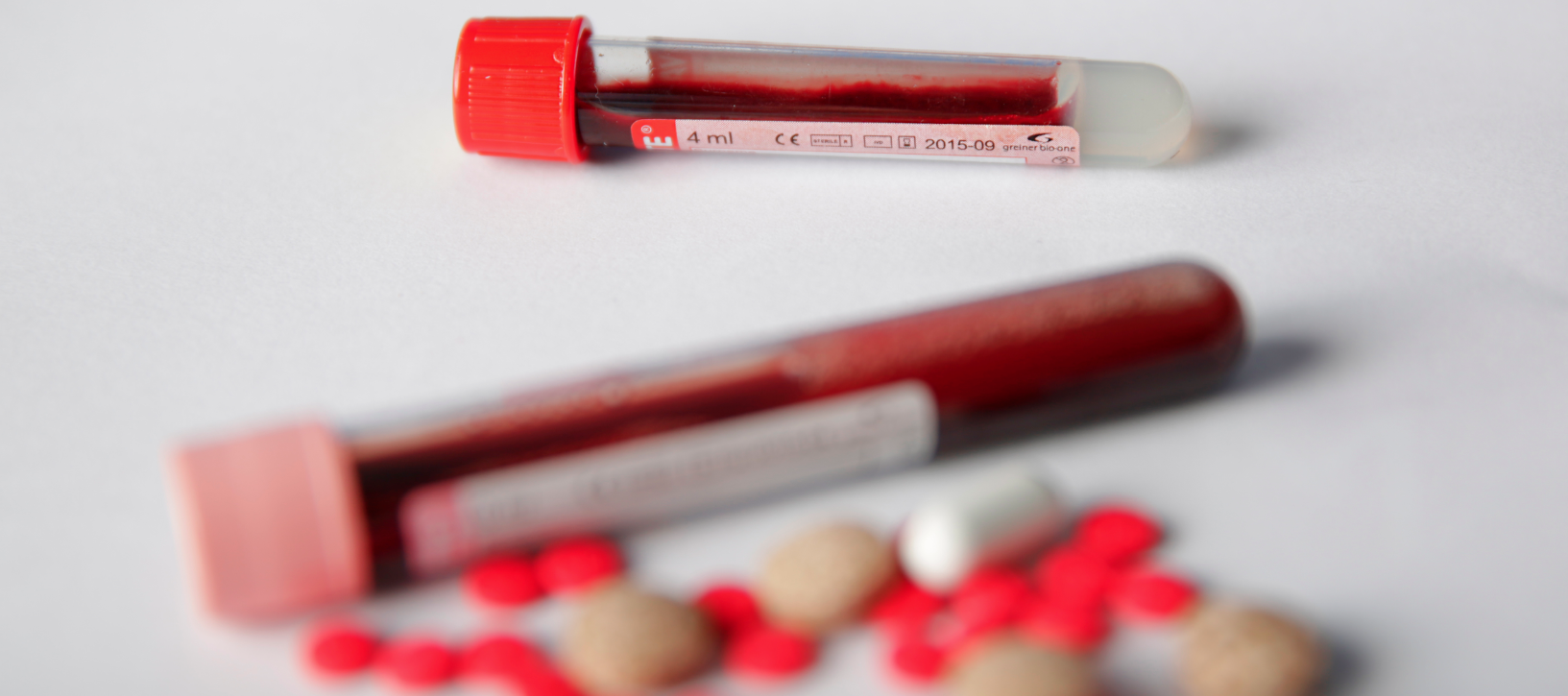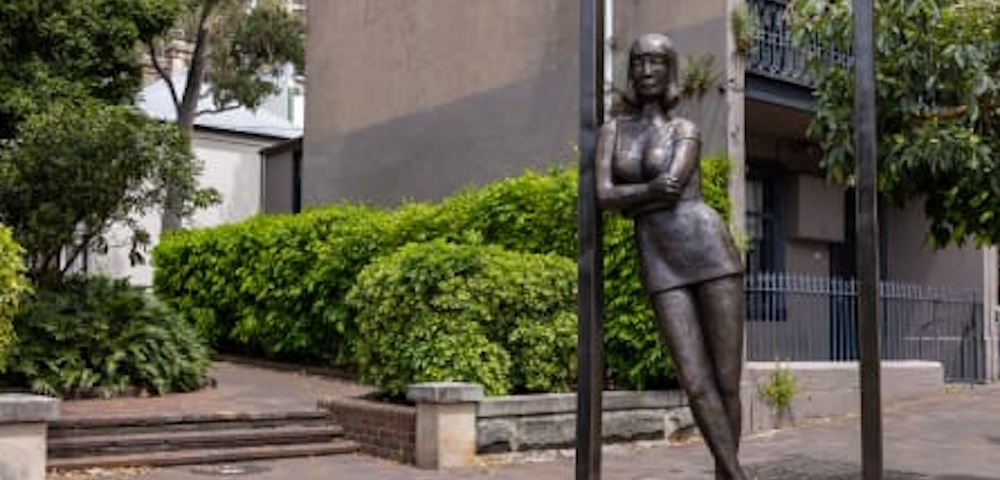
HIV rates among overseas-born men in NSW increase despite overall drop

NSW Health today released quarterly data which showed that despite an overall decline in HIV rates across the state, transmissions among men born overseas remain the same.
The latest figures show a 27 per cent drop in newly diagnosed HIV cases between April, when PrEP became available on the PBS, and June.
The decline is even higher among Australian-born men who have sex with men (MSM), with transmissions 38 per cent lower than the 2013 to 2017 average.
Rates among MSM born overseas, however, rose 10 per cent across the first six months of this year compared to the same period last year, despite lower rates in the second quarter of 2018 versus recent quarters.
“We’re working with GPs and other clinicians to improve HIV awareness, and we’ll continue to target those who work in communities where overseas-born MSM might be seeking more information about HIV-prevention options, as well as testing and treatment,” said ASHM Director of Programs Scott McGill.
The report notes that two-thirds of newly diagnosed gay men and MSM in 2018 had not been tested in the past 12 months, with 44 per cent showing signs of late diagnosis.
ASHM CEO Alexis Apostolellis said the overall decline in HIV rates was evidence of the effective collaboration between community and health organisations, clinicians and government towards the goal of ending HIV.
“It’s fantastic to see a decline in new HIV diagnoses like this across NSW,” Apostolellis said.
“Since PrEP’s PBS listing earlier this year made it more available, we’ve been working with clinicians to improve their understanding of this highly effective HIV-prevention method, and to help them become more comfortable prescribing it in primary care.”
“We need to get more GPs into HIV training, and we need to get more overseas-born MSM onto PrEP,” said McGill.
“The EPIC-NSW PrEP trial was a huge success, but now that it is ending we have to work with government and the wider sector to find new options for those at risk who can’t access PBS-subsidised PrEP, like personal importation.”
“For anyone using PrEP, it’s absolutely critical that we continue to support access to ongoing screening for STIs, as we’ve outlined in the national clinical guidelines on PrEP.”
ASHM earlier this year launched All Good, an online HIV resource available across 17 languages designed to focus on reducing transmission rates in culturally and linguistically diverse communities and among Aboriginal and Torres Strait Islander people.
In July, data revealed that new HIV diagnoses among Indigenous people have risen 33 per cent since 2012.
NSW Health’s latest report affirms data presented in Kirby Institute research last year, showing that new diagnoses among MSM born in Asia rose to 58 per cent of cases among men born overseas and pointing to an overall rise in HIV rates in marginal communities.
A paper published in June noted that while rising PrEP has coincided with a decline in condom use, the incidence of other STIs remained roughly the same.
Last year’s quarterly HIV data showed that notification rates in NSW had dropped to their lowest since 1985.
The new figures also follow more studies confirming the effectiveness of treatment as prevention (TasP), with this year’s Opposites Attract study demonstrating that risk of transmission is effectively zero when an HIV-positive partner has an undetectable viral load (UVL).
“While we are seeing a reduction in HIV transmission rates among Australian-born gay men and men who have sex with men, we are not seeing this decline among people born overseas,” said ACON Acting CEO Karen Price.
“This means we must continue our efforts to engage overseas-born gay men and men who have sex with men in HIV prevention and education programs.”









